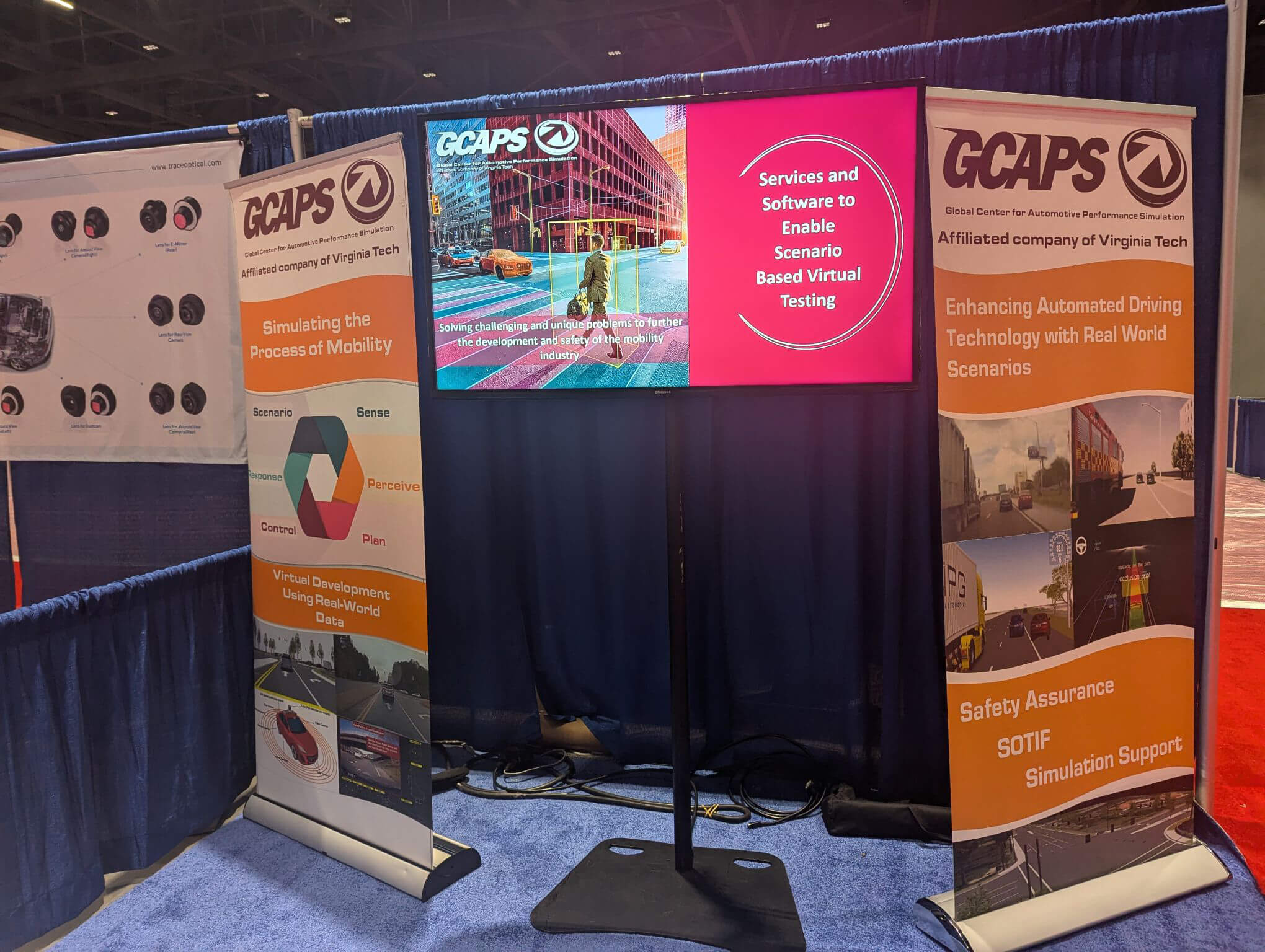Dr. Sean Hubbard Recaps the ADAS & Autonomous Vehicle Technology Expo


In August of this year, Dr. Sean Hubbard represented GCAPS at the ADAS and Autonomous Vehicle Technology Expo in San Jose, California. During his time at the conference, he presented on a crucial topic: “Reduction of Parameter Space Testing via Safety Model.”
In his talk, Hubbard dove into innovative strategies for optimizing testing processes in the development of autonomous vehicles. By reducing the parameter space through advanced safety modeling, he demonstrated how to enhance efficiency and safety in the testing phase of autonomous systems. This presentation provided valuable insights for professionals dedicated to advancing the safety and reliability of autonomous vehicles.
Read more about Dr. Hubbard’s trip below!
How was the ADAS and Autonomous Vehicle Expo?
Hearing the thoughts of individuals who are close to and familiar with automated driving and the advanced driving assistance system (ADAS) space is one of my favorite things. Cameron Gieda of pony.ai gave an interesting talk on the challenges that pony.ai faces while developing and deploying automated vehicles in Asia, as well as some of the things that they’ve learned along the way, like sensors that can detect a child around or under the vehicle.
Among the more technical presentations, Evan Smith’s overview of Torc’s testing strategy for their automated vehicle deployment lifecycle was enlightening. It was a pleasure to meet Evan and talk about how GCAPS’s capabilities like scenario creation and safety metrics could support Torc’s goals. Azadeh Dinparastdjadid of Waymo quickly surveyed some of Waymo’s most recent research related to safety metrics and pointed to some upcoming publications that could be relevant to the safety-metrics work we’re doing at GCAPS.
Our presentation, which lies in the technical category, reviewed our philosophy on scenario creation — that is, whenever possible, scenarios should be derived from real-world data — our scenario-creation experience and capabilities, and introduced an approach to prioritizing scenarios using our safety metrics.
What excites you about your work and how it could impact safety in the automated mobility realm?
What I find most exciting about the future is that we are beginning to see our ideas and work successfully applied to real-world data from automated and ADAS-equipped vehicles. The transition from ideas and theories to the real world can be an enormous hurdle, but the value of our work cannot be realized without it. So far, we’re proving to be very capable in this area and that bodes well for the future!
